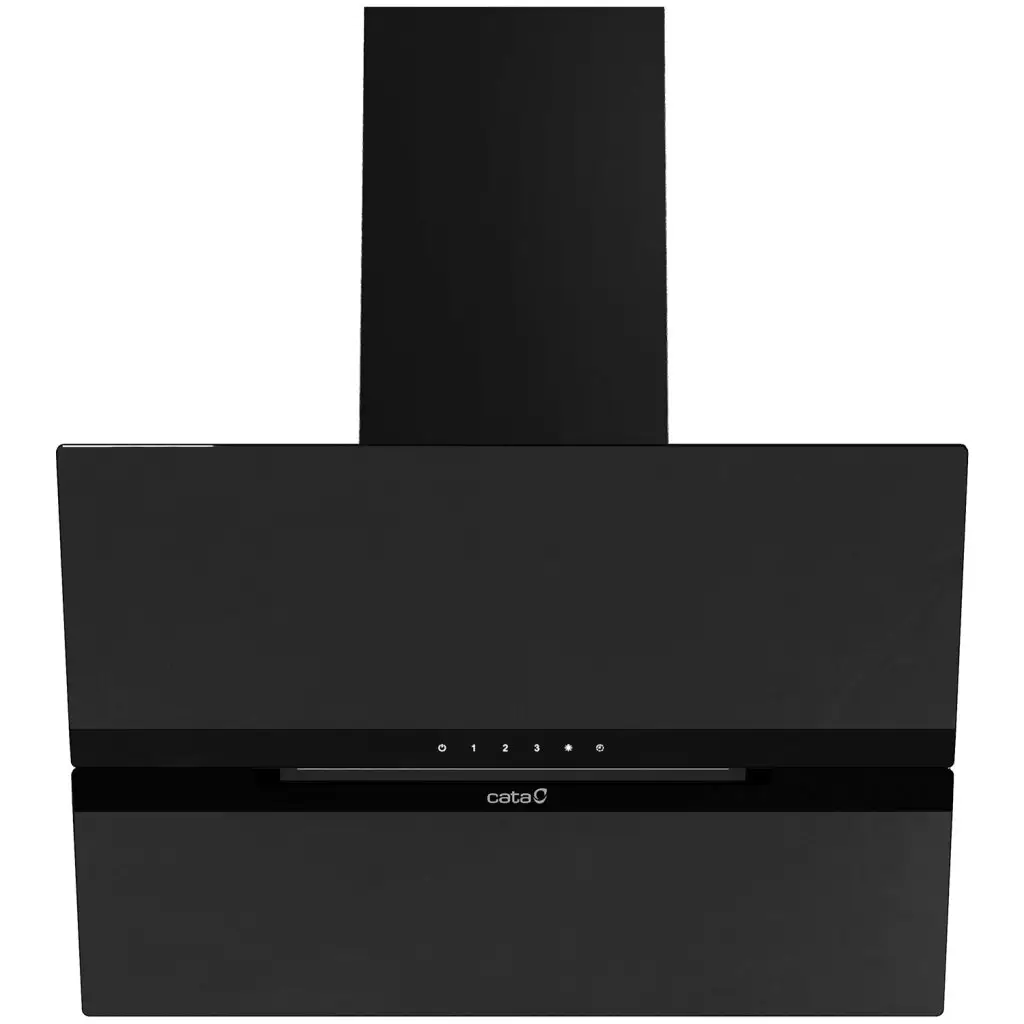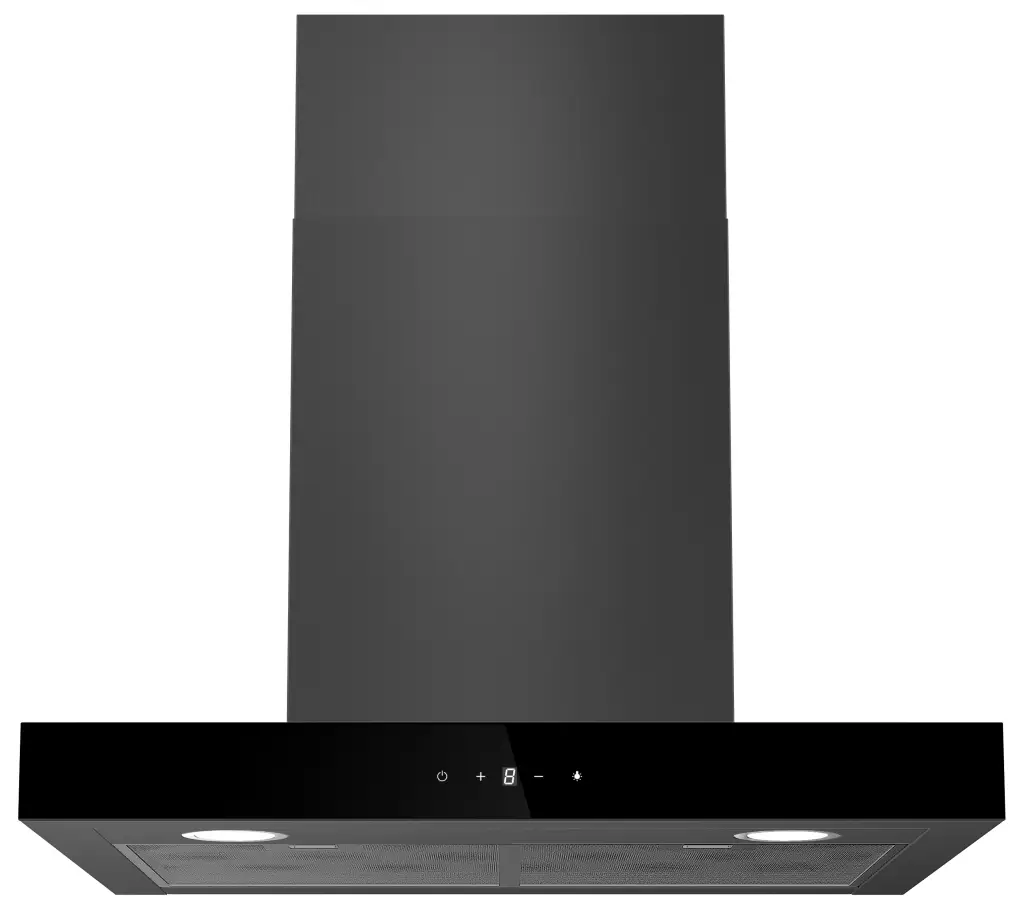
What Cooker Hood Do I Need? The Go-To Buying Guide
A cooker hood, also known as an extractor hood or kitchen hood, is a must-have appliance for keeping your kitchen air clean and fresh. Positioned above your hob, it works by removing steam, lingering odours, and airborne grease particles that build up during everyday cooking.
Without proper extraction, your kitchen can quickly become steamy, sticky, and stale — especially in open-plan spaces. A quality cooker hood helps prevent condensation, stops grease from settling on surfaces, and reduces the spread of cooking smells throughout your home.
This guide is here to help you find the right cooker hood for your kitchen layout, cooking style, and budget. Whether you’re after something sleek and built-in or a statement island hood, we’ll break down the key types, features, and considerations so you can make the best choice with confidence.
What Does a Cooker Hood Do?
A cooker hood’s main job is to extract smoke, steam, and grease from the air while you cook. It draws in the warm, moist air and filters or vents it outside, helping to keep your kitchen environment fresh and clean.
By removing excess moisture and airborne particles, a cooker hood helps to improve air quality and reduce condensation — a common cause of mould and mildew in kitchens. It also prevents sticky grease from settling on your walls, cabinets, and ceilings.
If you’re interested in how modern extraction systems work in more detail, check out our article on
How Do Vented Induction Hobs Work?

Types of Cooker Hoods
| Cooker Hood Type | Description | Best For |
|---|---|---|
| Angled Glass Cooker Hoods | Modern sloped design with angled glass for better headroom and visibility. | Stylish kitchens with a contemporary feel. |
| Ceiling Extractor Hoods | Built flush into the ceiling for unobtrusive, high-performance extraction. | Large, open-plan kitchens where space and aesthetics matter. |
| Island Cooker Hoods | Suspended from the ceiling over island hobs – often a focal feature. | Homes with kitchen islands or open cooking zones. |
| Downdraft Extractor Hoods | Hidden in the worktop, rising only when needed for discreet ventilation. | Minimalist, high-end kitchen designs with clear sightlines. |
| Curved Glass Cooker Hoods | Smooth, curved glass adds softness and a modern touch to the chimney design. | Contemporary kitchens wanting a sleek feature hood. |
| Chimney Cooker Hoods | Classic wall-mounted design with a chimney flue leading to the ceiling. | Most kitchen layouts with a standard hob against a wall. |
| Box Cooker Hoods | Boxed, T-shape design with a flat canopy – modern and powerful. | Modern kitchens wanting a strong visual impact. |
| Integrated and Canopy Hoods | Fitted inside cabinets for a seamless, hidden appearance. | Minimalist kitchens with a clean, handleless design. |
| Visor Cooker Hoods | Small and affordable – fits under cabinets above the hob. | Compact kitchens and entry-level installations. |
| Designer Cooker Hoods | Stylish, often unconventional shapes and finishes that double as decor. | Design-led kitchens looking for a standout feature. |
| Flat Glass Cooker Hoods | Flat glass canopy over a metal body – simple, modern, and effective. | Contemporary kitchens wanting a subtle statement. |

Factors to Consider
Choosing the right cooker hood isn’t just about style – it also needs to suit your kitchen’s size, setup, and your cooking habits. Here are the key things to keep in mind:
Kitchen Size & Layout
Larger kitchens need cooker hoods with a higher extraction rate to effectively clear the air. In open-plan spaces, it’s worth prioritising a quieter model to avoid background noise while entertaining or relaxing.
Hob Size
Your cooker hood should ideally be wider than your hob to maximise efficiency. This helps capture steam and grease more effectively before it spreads.
Noise Levels
Cooker hood noise is measured in decibels (dB). Models that operate below 60 dB on lower settings are considered quiet, making them more suitable for open-plan or sociable kitchens.
Extraction Rate
Measured in cubic metres per hour (m³/h), the extraction rate indicates how quickly the hood clears air. A good rule of thumb is a minimum rate of 10 times your kitchen’s volume for effective ventilation.
Filters & Maintenance
Most hoods have metal or acrylic grease filters which need regular cleaning – usually monthly. Recirculating models also use carbon filters to neutralise odours, which typically need replacing every 3 to 6 months, depending on use.
Style & Aesthetics
Cooker hoods come in a wide range of designs. Whether your kitchen is modern, traditional, or minimalist, choose a model that blends in or makes a statement – whichever suits your style.
Vented vs Recirculating: What’s the Difference?
Cooker hoods work in two main ways: by venting air outside or by recirculating it through filters. Here’s how they compare:
| Feature | Vented Hoods | Recirculating Hoods |
|---|---|---|
| Removes air to outside | Yes | No |
| Uses filters | Grease filter only | Grease + carbon filter |
| Installation | Requires ducting | Easier to install |
| Maintenance | Low | Regular filter changes needed |
Vented hoods are the most effective at removing steam, odours, and moisture from your kitchen, but they require external ducting. This makes them a great choice if you’re doing a full kitchen renovation or already have ducting in place.
Recirculating hoods are more flexible and easier to install, especially in flats or interior walls where venting isn’t possible. They clean the air through filters before releasing it back into the room. However, they require more frequent maintenance and aren’t as effective at removing moisture.
Your choice will often come down to layout, budget, and how much cooking you do. If you regularly cook with lots of steam and strong aromas, a vented hood is the better option.
Smart Features & Extras
Modern cooker hoods often come with advanced features that make them more convenient, efficient, and stylish. While not essential, these extras can be a great investment for a more future-proof kitchen:
Touch Controls or App Connectivity
Many high-end models now feature sleek touch control panels or even smartphone app control, allowing you to adjust settings remotely or link with other smart appliances.
Built-in Lighting
Good lighting above your hob is essential. Most modern hoods use LED lighting for energy efficiency and clarity, while some older models still use halogens. LEDs are brighter, cooler, and last much longer.
Auto Sensor Activation
Some premium hoods feature air quality or humidity sensors that detect steam and cooking odours, switching on automatically when needed and adjusting power levels to suit.
Timer Shut-Off
A timer shut-off function lets the hood run for a short time after cooking, clearing residual odours before turning off automatically. It’s a simple yet effective way to keep your kitchen fresh without extra effort.

Cooker Hood Installation: What to Expect
Installing a cooker hood can be straightforward, especially with recirculating models, but there are a few things to plan for depending on the type you choose.
At a basic level, installation involves mounting the hood above your hob, connecting it to power, and either ducting the air outside or fitting the appropriate filters for recirculation. Chimney and island hoods may also require support brackets and alignment with ceiling structures.
If you’re installing a vented hood, you’ll need to plan the ducting route to an external wall or roof vent. This might involve cutting through walls or ceilings, which is best handled by a professional.
Recirculating hoods are generally easier to install and don’t require external ducting – ideal for flats or kitchens with limited access to outside walls.
Unless you’re confident with electrical and structural work, it’s worth hiring a qualified installer to ensure everything is fitted safely and complies with building regulations.
Frequently Asked Questions
What size cooker hood do I need?
Your cooker hood should be at least as wide as your hob, but ideally slightly wider for the best performance. The most common sizes are 60cm, 70cm, and 90cm to match standard hob widths. A wider hood helps to capture steam and grease more effectively, especially if you do a lot of frying or use multiple burners at once.
Can I install a cooker hood myself?
Yes, if you’re confident with DIY and it’s a recirculating hood, installation can be relatively simple – it usually involves fixing it to the wall or under a cabinet and plugging it in. However, for vented hoods that require ducting, or if electrical work is involved, it’s best to hire a qualified professional to ensure a safe and compliant installation.
Are recirculating hoods effective?
Recirculating cooker hoods are effective for reducing odours and airborne grease, but they don’t remove steam or humidity from the kitchen. They use carbon filters to clean the air before releasing it back into the room. While not as powerful as vented models, they are a good option for flats or kitchens without access to external walls.
How often should I change the filters?
Grease filters (usually metal or acrylic) should be cleaned monthly – metal ones can go in the dishwasher. Carbon filters in recirculating hoods should be replaced every 3 to 6 months, depending on how often you cook. Regular maintenance keeps your hood working efficiently and helps maintain air quality in your kitchen.
Conclusion
Choosing the right cooker hood is all about finding the best match for your kitchen size, layout, and cooking style. Whether you need a compact visor hood for a small space or a powerful island extractor for open-plan living, there’s a solution to suit every home.
Now that you know the key types, features, and considerations, you’re ready to explore your options with confidence. For next steps, take a look at our latest cooker hood range.
Frequently Asked Questions
- All Posts
- Cooker Hood Guides & Advice
- Dishwasher Guides & Advice
- General Appliance Guides & Advice
- Hob Guides & Advice
- Laundry Guides & Advice
- Microwave Guides & Advice
- Oven Guides & Advice
- Wine Cooler Guides & Advice
Learn what dishwasher salt and rinse aid do, why they matter, and when to refill them for the best cleaning...

Learn how to cook the perfect jacket potato with crispy skin and a fluffy centre. Quick, simple steps for oven...
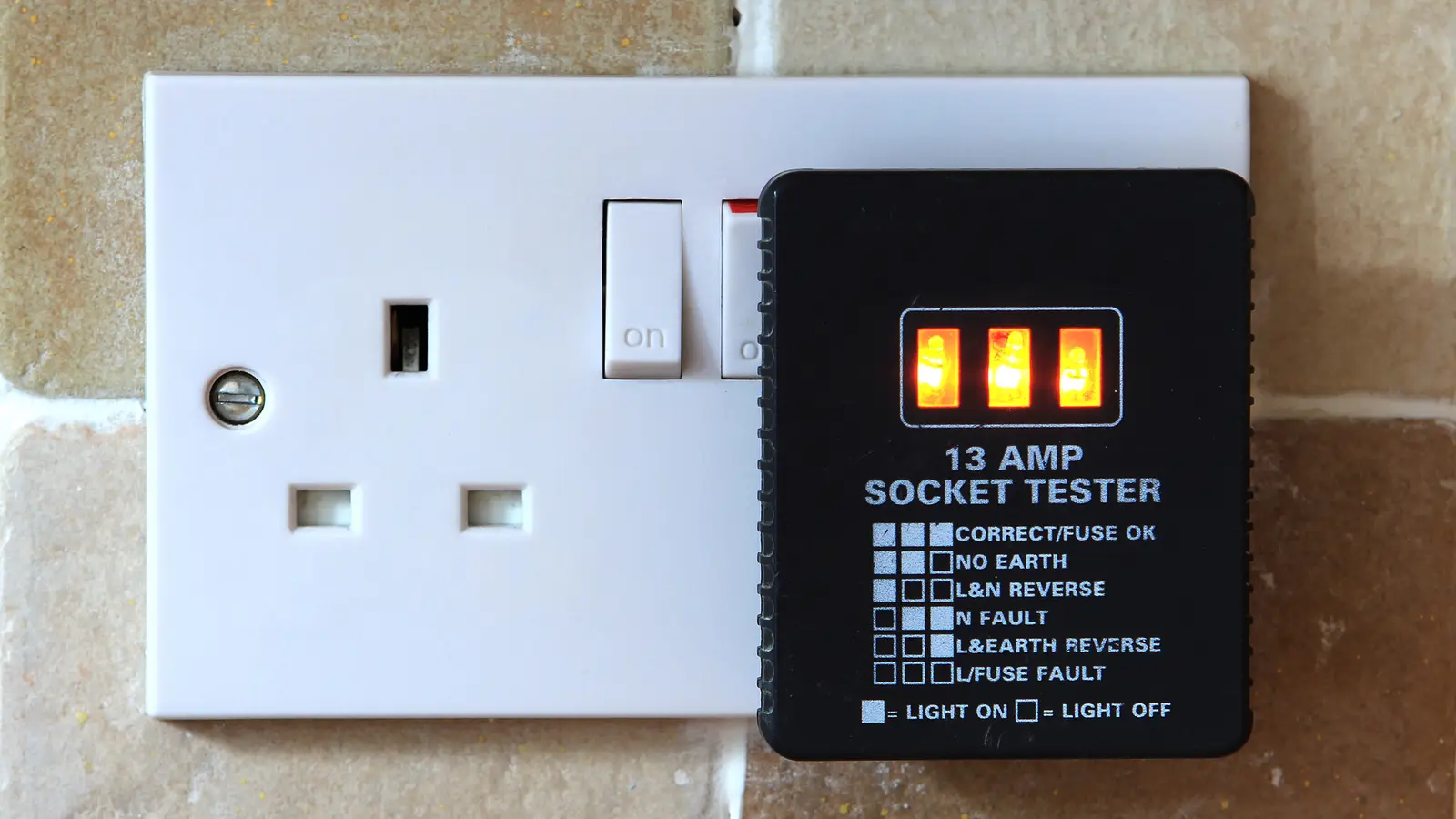
Find out if you can plug a dishwasher into a normal UK socket and what safety rules apply. Quick, clear...
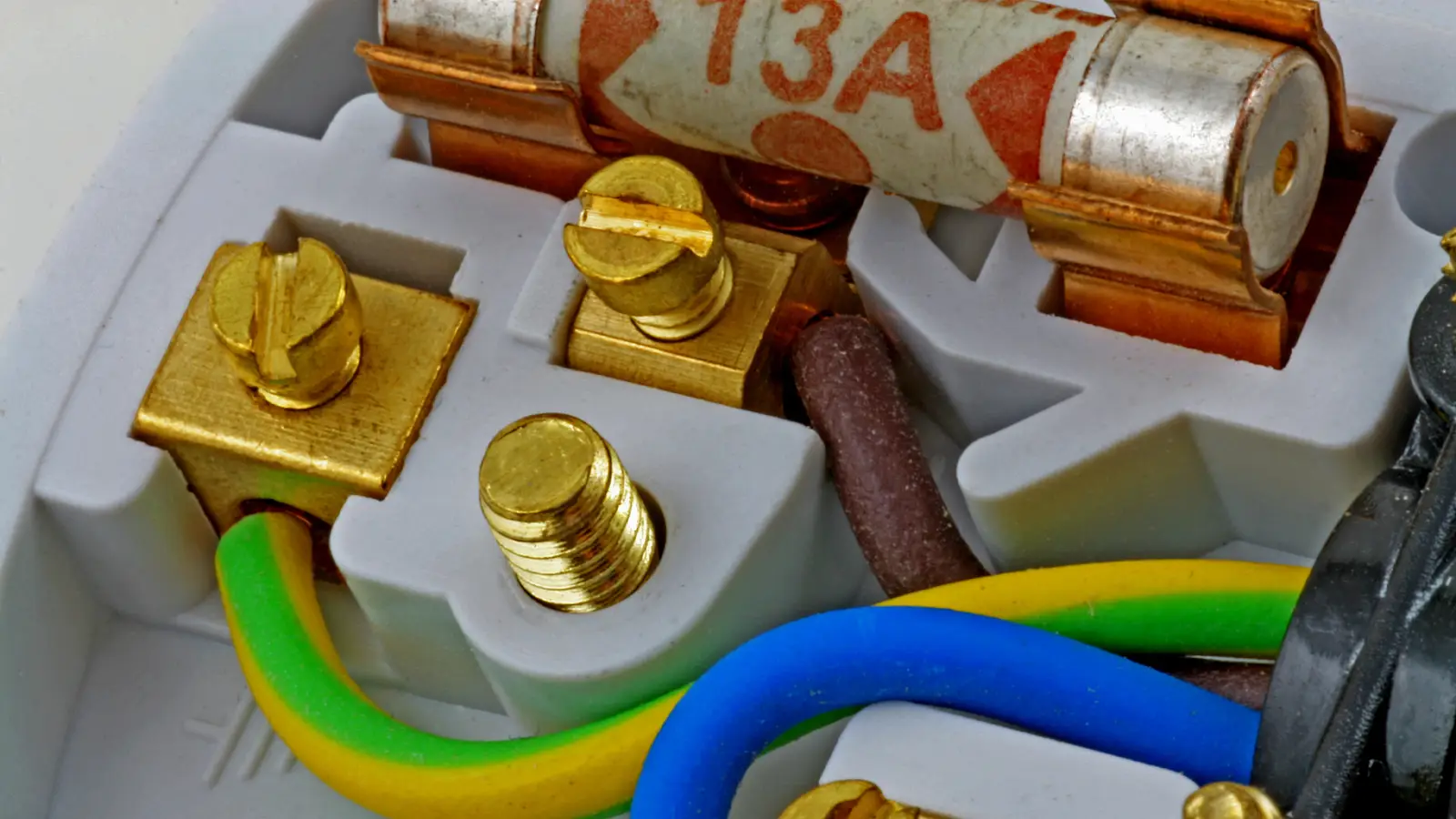
Unsure if a microwave & grill combo can use a normal UK socket? Learn the rules, wattage limits and safety...
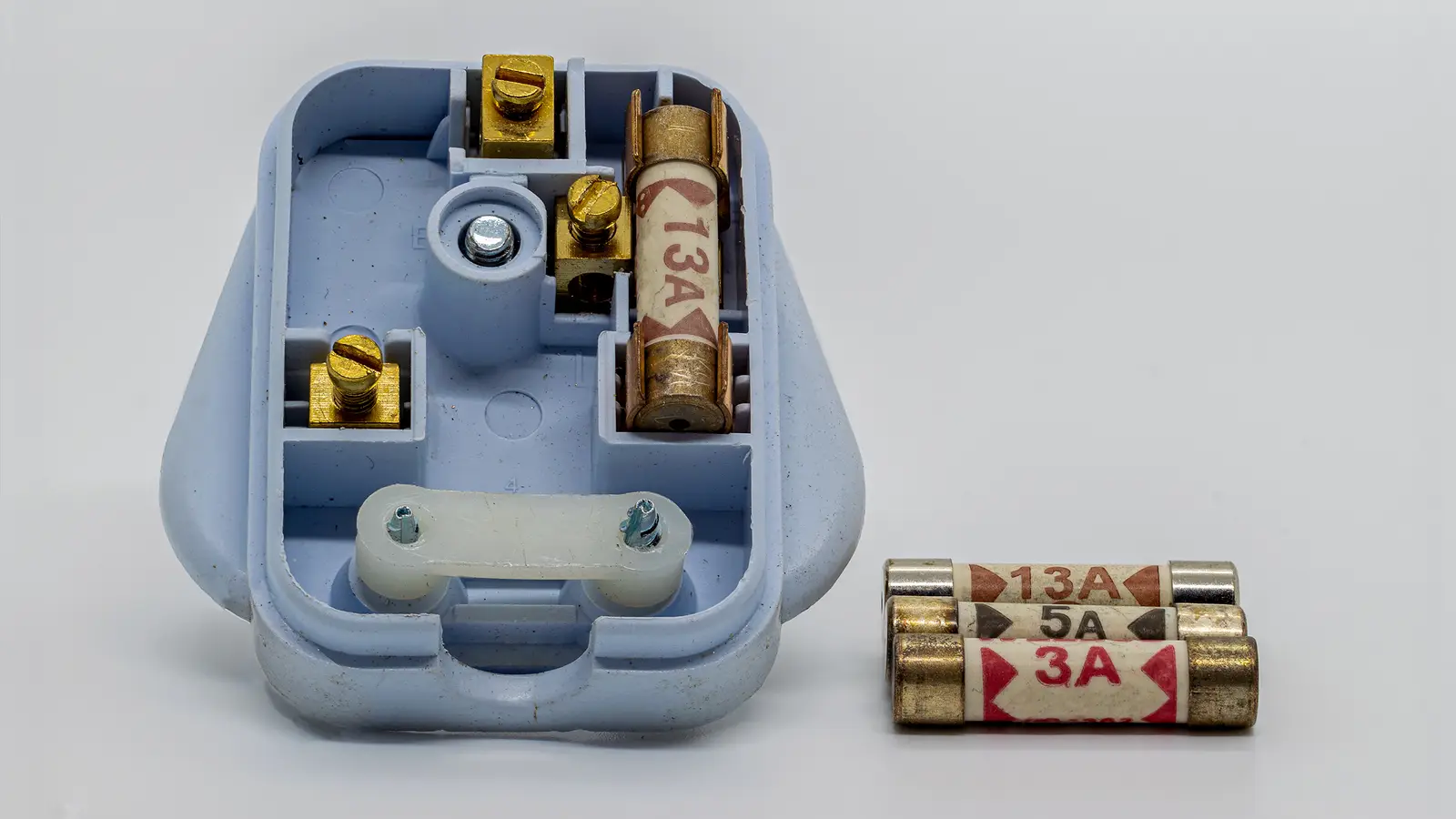
Can you plug a cooker hood into a normal socket? Learn what UK rules allow, safe installation tips, and when...

Find out when you can safely plug an induction hob into a normal UK socket and when hard-wiring is required....
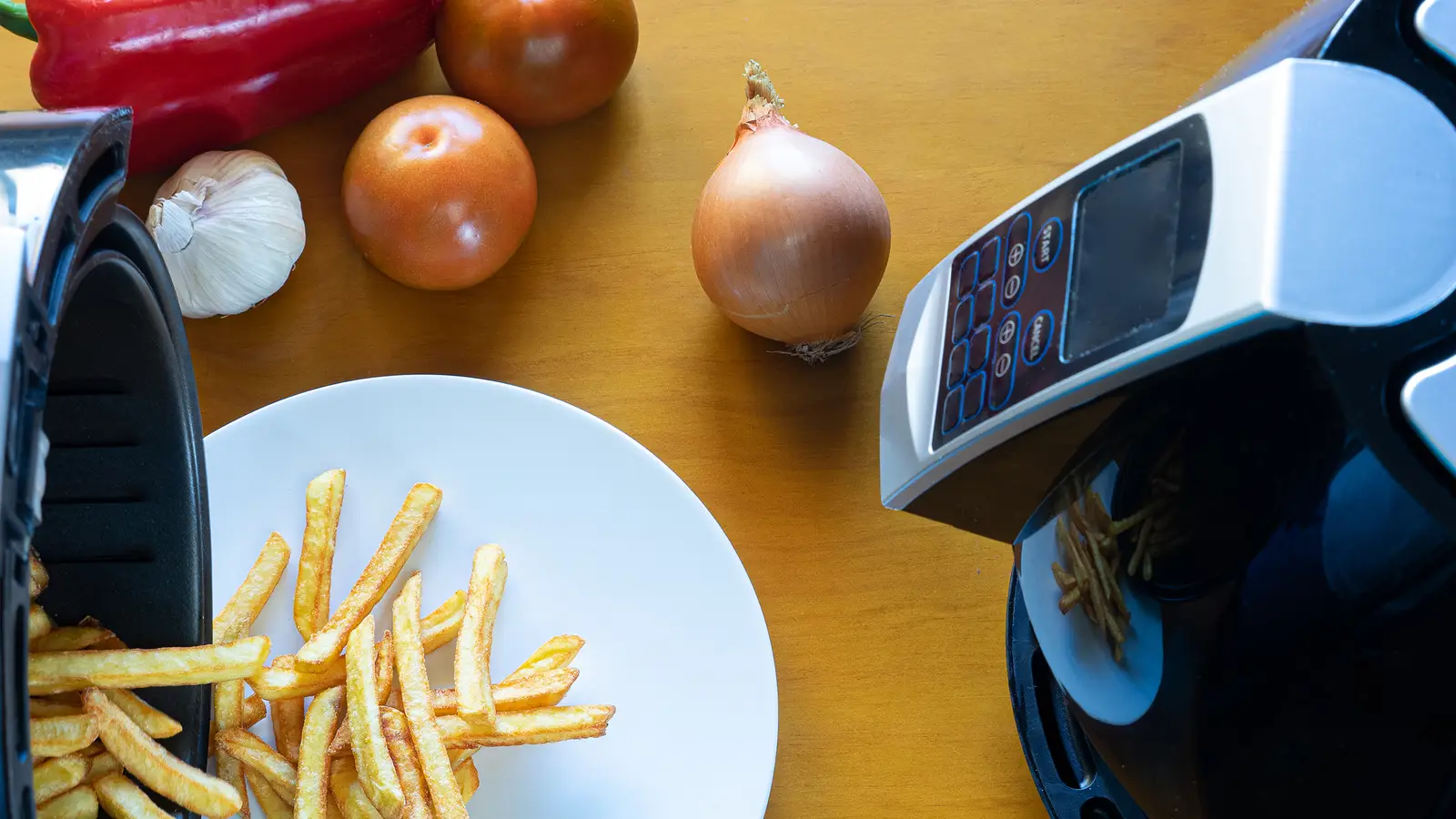
Compare real UK running costs for ovens, air fryers and microwaves. See which appliance saves you the most on everyday...

Storing wine in a fridge can damage flavour and cork health. Learn why temperature swings matter and how to store...

Learn how rubber feet, shelves and flooring reduce vibration in wine storage. Keep your bottles stable and ageing perfectly. Read...
